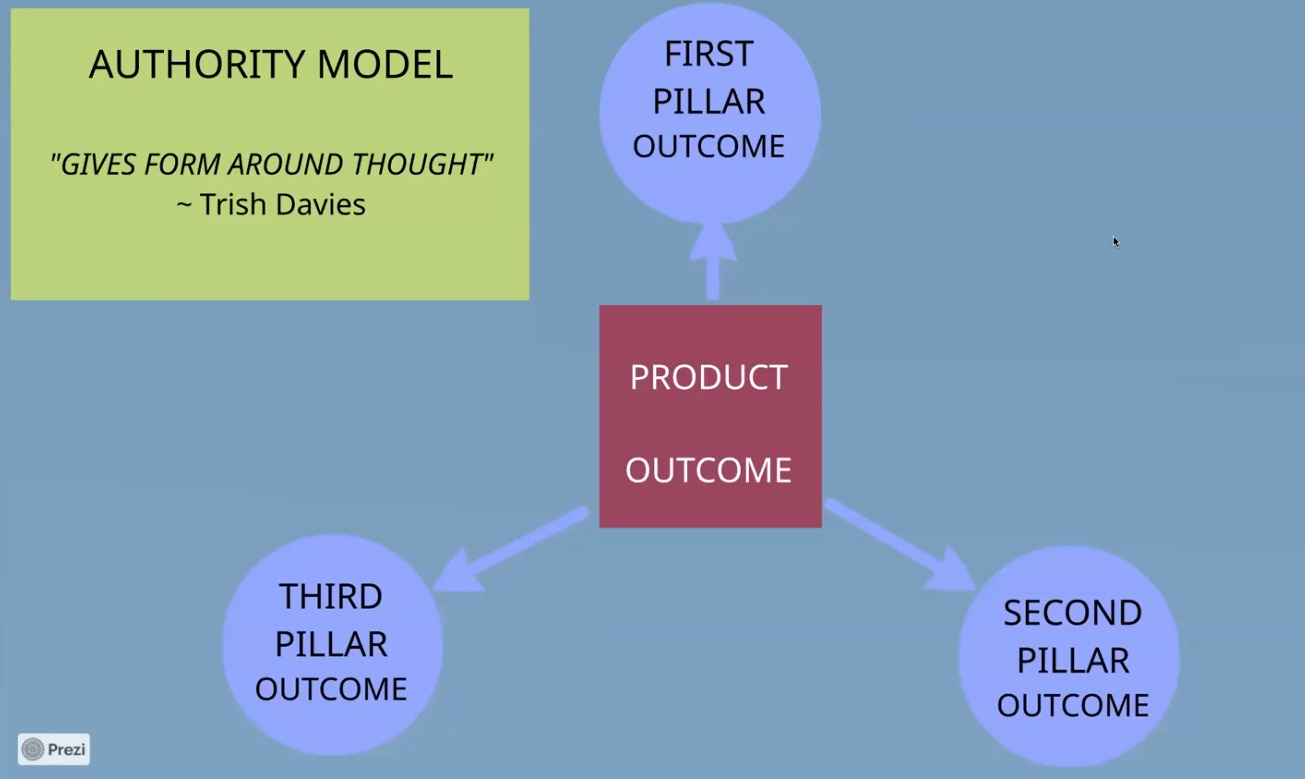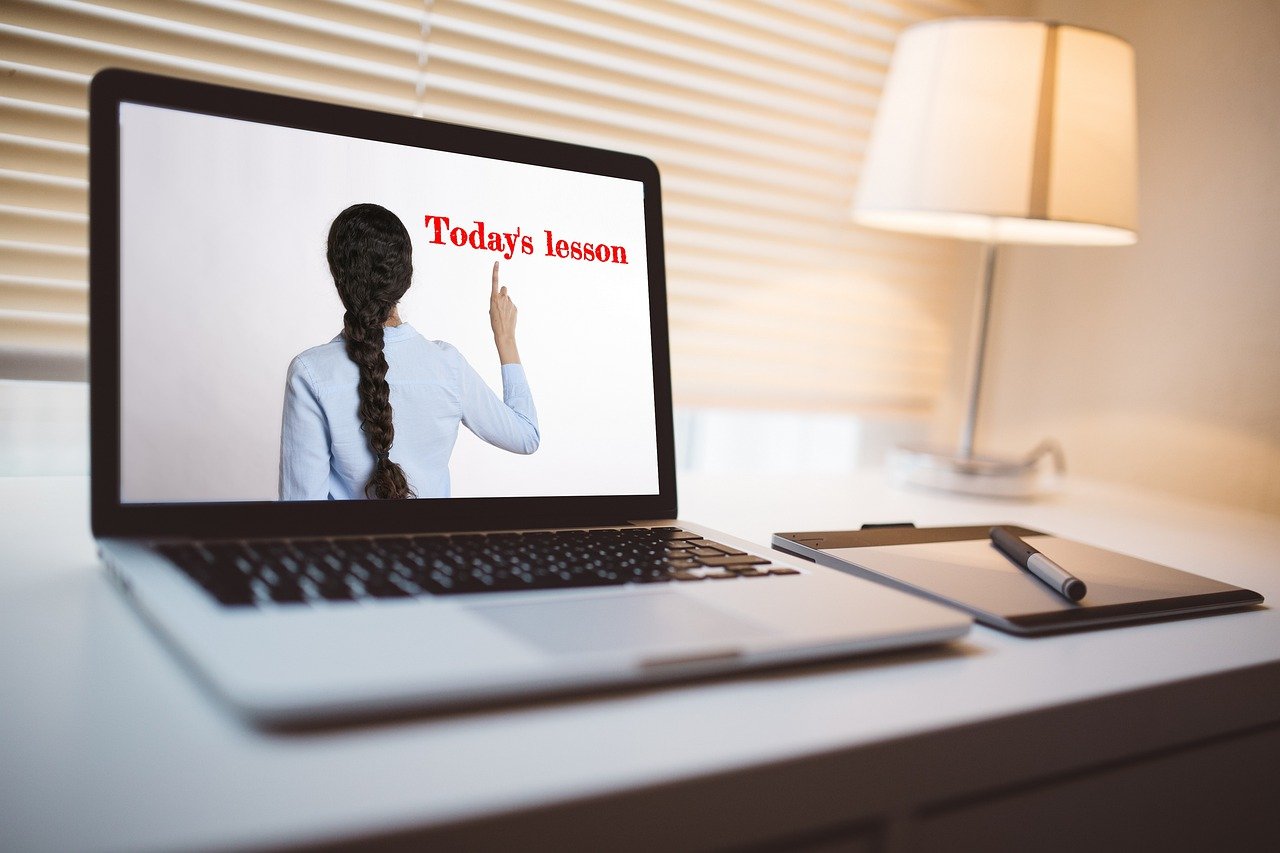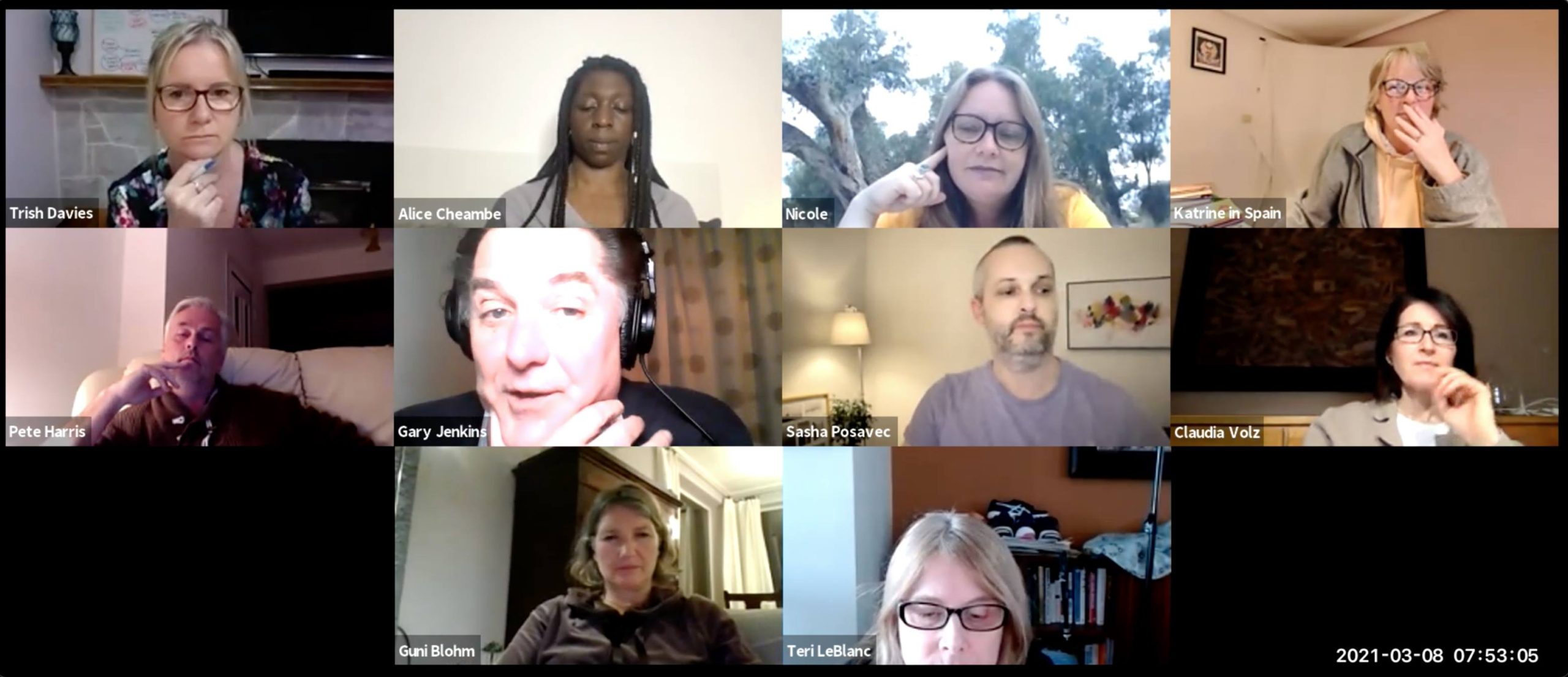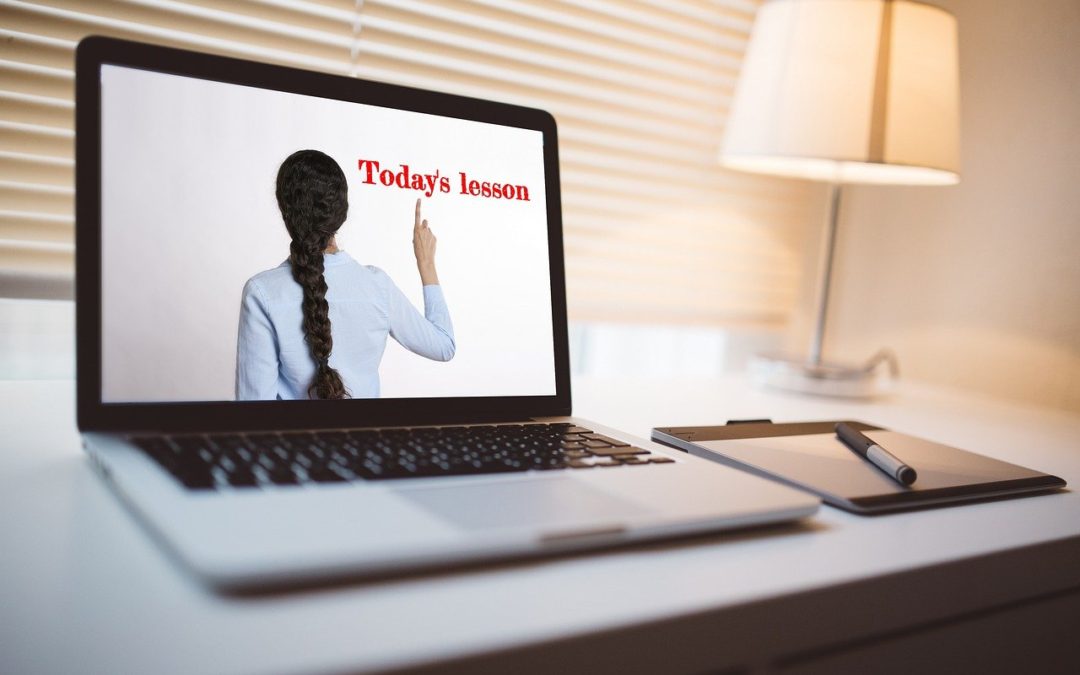How To Structure An Online Course – Create A Step By Step Process
Looking to get into the eLearning industry? Creating an online course won’t cause you any stress when you learn how to structure an online course. Here’s how!
Hi Trish Davies, here and today I want to follow on from my previous post on what makes a good online course. That post will give you some strategy ideas when compiling your training material. Today I want to focus on how to structure an online course to create a great user experience for your students.
I will be sharing with you some concepts on course format along with various mediums to use. Also, I will be sharing some insights on the process that I take people through within my Build Your AU program to define a clear structure.
Before I do all of this though I want to focus on something that is crucial for you to gain clarity on. That is to define what your course will do for the end user? What objectives will your course meet?
The Big Picture
What you must understand is that your students have a desired outcome in mind. They want to achieve an end result that will have an impact on their lives. In other words, your online course must deliver an outcome that is beneficial to your student.
I have a process that I take my Build Your AU members on which defines an overall online course structure. What I do is then break down that outcome into three pillars and each pillar has a desired internal outcome. The following image illustrates this perfectly.

As you can see your product is the centrepiece which is surrounded by the three main core pillars. Each pillar is designed to create that internal outcome and then come together in a step by step process.
Now I am going to ask you to use your imagination based upon the above image. I want you then to break down each pillar into three sub-pillars using the same methodology.
Each sub-pillar has three micro outcomes so in effect you have 9 steps, or outcomes, that you take people through. Going through this process will give you the strategy on how to structure an online course. So how does this translate into your course framework?
How To Structure An Online Course By Making It Modular

You may already be aware of the modular concept. It is one of the best ways to structure an online course because it is a step by step process. Your 9 sub-pillars are your modules in which you will have lessons or lectures.
For your students it is a roadmap that they can follow which makes sense. Each lesson, or lecture, is an incremental step for them to complete before they move onto the next one.
This approach helps your students see the progress they are making. They will be consuming your material and acting upon what they have learnt. At the end of each module, they will achieve an outcome which they can then build upon.
It is a great way to learn because it takes away the overwhelm that many people have. Sometimes people get suffer massive overwhelm because all they can see is the bigger picture.
They know what they want to achieve but in many cases it seems far too big for them to achieve. Breaking things down makes everything more manageable.
Online Course Formats
The step by step format that I have just mentioned is one of the most common formats. As I have said it is a way that your students see real time progress as they work through the course.
This format also allows the student to go through the course at their own pace. Sometimes people prefer this way of learning new skills. You will know your audience so can gauge how they like to learn.
Another format is week by week where there is a clearly defined timeframe in place. Similar to my 9-week Build Your AU program which you can learn more about here. This adds a sense of urgency which in many ways can be a good things.
Your students will know that they must complete the steps by a certain time. Otherwise, they run the risk of falling behind, so it gives them the push they need to turn up and take action.
If you are new creating online courses then I would recommend you opting for one of these two options. The next thing to consider is what media you are going to use for your training material.
Online Course Media

My recommendation is for you to make video your primary media for your training material. When people sign up for online courses then video is what they expect to consume.
Therefore, you lesson, or lectures if you prefer, will be video tutorials. There are a couple of ways you can create your training material. The first is to record your screen and the other way is to do live training.
There are a number of screen recording and video software that you can use to record your lessons. Also, DSLR cameras are another great option if for example you are doing presentations on whiteboards or similar.
Alternatively, you can do live training sessions through platforms such as Zoom. This option is perfect if you are doing a live weekly mastermind as I do with my Build Your AU programs.
Your live training masterminds can also be recorded which can then be uploaded to an online course hosting platform.
As regards for other media to use in your online courses. You can provide transcripts of the lessons, MP3 recordings, workbooks, work sheets and interactive PDF training resources.
I would recommend that you implement all, or most, of these as it enhances your online course. It gives your online course more perceived value to your students.
Your Next Step (H3)
Your next step is to start creating your online course inline with what I have shared with you today. To understand more about how to structure an online course check out my free 9-week program by clicking here. The program will give you the foundations to create powerful and valuable online training programs. Also, my 9-week program will help you build a strong personal brand which is very important. I look forward to seeing you on the inside.
Helping you build your authenticity, authority and audience.
Trish Davies
![]()
Build Your AU


Recent Comments